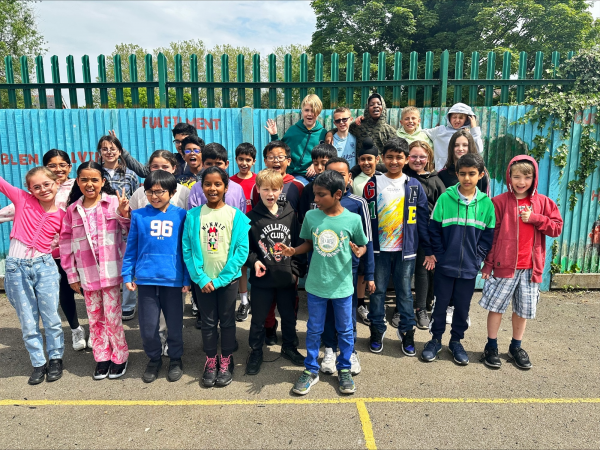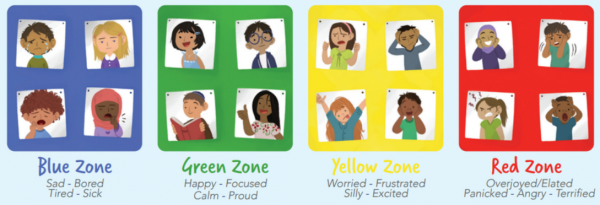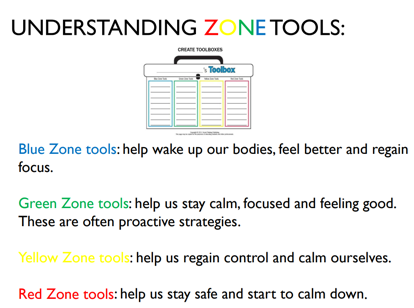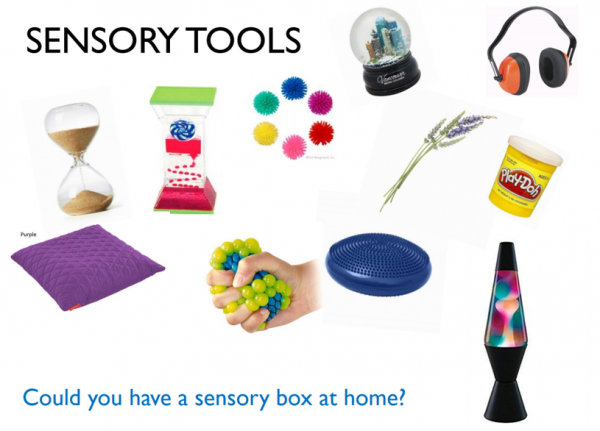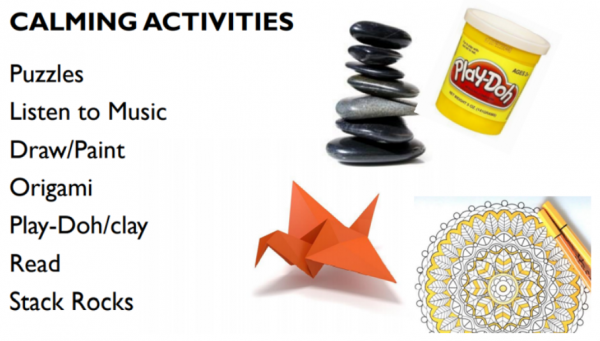Wellbeing and Mental Health
Wellbeing and Mental Health at Victoria Junior School
If you are worried or concerned about something, please make sure you speak to an adult you trust. This could be your class teacher, a teaching assistant, an SMSA, a member of the Senior Leadership Team...anyone who you feel comfortable to talk to. All of our staff are here to listen and to help.
Zones of Regulation at Victoria Junior School
Victoria Junior School uses the Zones of Regulation to help our pupils to develop an awareness of their feelings, energy and alertness levels.
The pupils’ feelings are put into four coloured Zones, where they use a variety of tools and strategies for self-regulation, social skills, self-care and overall wellbeing. This could also include meeting goals like doing schoolwork or other tasks, managing big feelings and having healthy relationships with others.
As part of their learning, pupils get to choose ‘tools’ to go in their toolkits.
Zones of Regulation at Home
These ‘tools’ aren’t just for school: they can be used at home too so you can help your child to regulate (manage) their emotions.
Read through some of the strategies below to decide what would go in your Zones of Regulation toolkit? Think about:
· What helps you to calm down when you are stressed?
· What helps you to focus when you are tired?
· What do you do to calm down when you are angry?
Different tools work for different people. Can you help your child choose what works for them when they need to move from one zone to another?
Sensory tools include anything which you can see, touch / feel, smell, hear or taste. They also are things which encourage you to move.
· Having a bear hug
· Using a wobble cushion
· Using a weighted toy or blanket
· Ear defenders / headphones
· Blowing bubbles
· Watching changing coloured lights
· Soft, dimmed lighting
· Fidget and squeezy toys or putty
· Smelling relaxing scents like Lavender
· Eating chewy food
· Swinging or rocking
· Eating a strong mint
· Wall push-ups
· Sucking a smoothie or milkshake through a straw
· Roll on a balance ball
· Listen to classical music
· Have a dance
· Jumping on a trampoline
· Having a nice warm bath
· Listening to bird / nature sounds
· Going for a walk or run
These include any activities which distract you or need you to focus to take your mind off worries and negative thoughts.
Thinking Techniques
These are strategies to challenge negative thoughts and help a child to deal with problems.
Make sure you frequently praise your child for having expected reactions rather than just pointing out the unexpected reactions.
Inner Coach versus Inner Critic |
|
Instead of…. |
Try thinking…. |
I’m not good at this! |
What am I missing? |
I give up! |
I’ll use some of the other strategies I’ve learned. |
This is too hard! |
This might take some time and effort. |
I can’t make this any better! |
I can always improve; I will keep trying. |
I can’t do maths! |
I’m going to train my brain in maths. |
I made a mistake! |
Mistakes help me to improve. |
I’ll never be as smart as her / him! |
I’m going to work out what they do and try it. |
It’s good enough! |
Is this really my best work? |
Breathing Techniques
Grounding Techniques
Grounding techniques can help someone who is extremely anxious or scared, has lost control and is struggling to calm down.
5-4-3-2-1 Senses
Identify:
-
5 things you see
-
4 things you hear
-
3 things you smell
-
2 things you can touch
-
1 thing you taste
5-4-3-2-1 Sights
If noticing each sense is tough right now, try an exercise just with sights. Create categories and have them name what they see. Here’s an example:
-
5 colours I see
-
4 shapes I see
-
3 soft things I see
-
2 people I see
-
1 book I see
A-B-C Around the Room
This exercise will get the child connected with that place where they are right now. Have your child look around the room and name something they see that starts with A, then B, then C and so forth. See how far they can get through the alphabet and then check-in to see how they’re feeling once they reach the end.
Object Focus
Keep some unique items on hand with different textures and colours. These could be sensory items, colourful rocks, snow globes or something else. Children can hold an item in their hands and tune in all of their focus to the item. Notice the colours. Notice the textures. How does it feel in my hand? How does it feel when I squeeze it? What colours do I see? Just notice everything there is to notice about the item!
‘I am Here’ Hand Trace
For this exercise, you’ll need paper and a pencil, marker, or crayon. Children will trace a hand on the paper. You can take this a few different directions. Children can simply press the hand into the space on the paper and feel the connection between hand and table. Alternatively, they can use the space inside the hand to write things they see or describe the room.
Reorientation
To re-orient to the moment, just have the child name facts about the moment. You can give them a card to keep with them to remind them of facts they can state and practice, practice, practice! It might sound like:
-
My name is…
-
I am in…
-
Today is…
-
The season is…
-
The weather is…
-
I am wearing…
Room Search
Pick one broad category and search the room. Name everything in the room that is green. How many stars can you find in the room? Say the type of shoe everyone in the room is wearing. Count the bricks on one wall.
Online Links
https://www.childline.org.uk/
https://www.kooth.com/
https://www.youngminds.org.uk/
Mental Health Awareness Week 2023
We celebrated Mental Health Awareness week from 15th-19th May.
The focus was on anxiety, and there were lots of activities planned, culminating in a "wear something that makes you happy" day!
